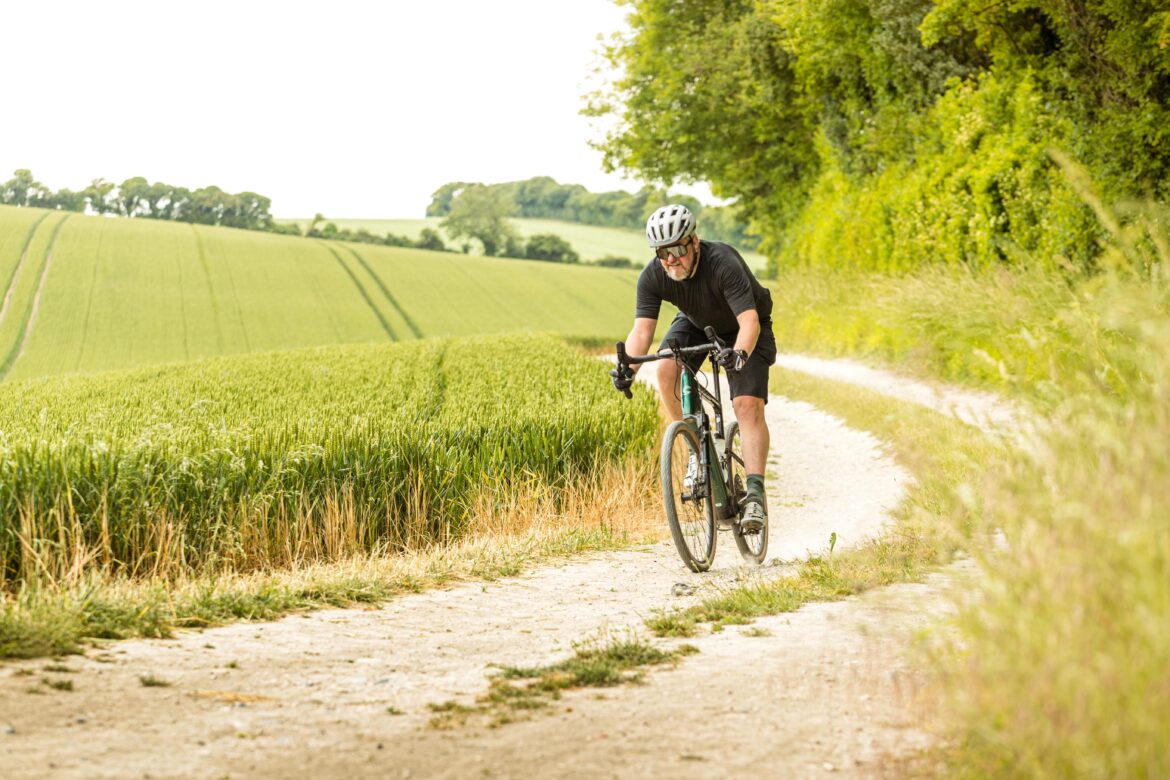Even if one is a casual road cyclist, there is a good chance that they have noticed the boom in gravel as a discipline. As Steven Rindner says, gravel biking gets cyclists away from cars and traffic, allows them to explore their local area more, and might even serve as an excuse for getting a new bike. Riding on dirt can be very fun and thrilling, and expose cyclists to a whole new world of sights and sounds. The experience shall also enhance their overall bike handling skills.
Steven Rindner underlines gravel biking tips for beginners
Gravel biking is an increasingly popular form of cycling which consists of riding over unpaved roads. Going for the very first gravel biking experience opens doors to an exciting journey where exploration, adventure and cycling meet. Here are a few gravel biking tips for beginners:
- Choose the right bike: The foundation of a gravel adventure begins with the bike itself. Hence, one must prioritize buying a gravel bike that strikes a perfect balance between durability and comfort. Important features to consider in a gravel bike are wide tires, strong disc brakes, and a lightweight frame.
- Master the setup: The gravel bike setup should be carefully done to suit varying terrains. Low tire pressure is important as it provides better grip and shock absorption. To avoid soreness on longer rides, gravel riders need to appropriately position the saddle. Gravel bikes must also be equipped with lights, frame bags and bottle cages for convenience and safety.
- Start small: People new to gravel biking must start small, ideally with short rides to get comfortable with the terrain. As once becomes more confident with the terrain, they may increase the distance and difficulty involved. It is better to stick to the local trails or parks before heading into remote areas.
- Dress for success: Gravel biking can be unpredictable, and hence cyclists must be prepared for surprises. Ideally should wear breathable, moisture-wicking fabrics. Wearing padded shorts would also be a great idea when riding on bumpy trails. Today there are gravel-specific cycling shoes available that one may opt to buy to enjoy better grip and stability.
- Learn the art of handling: Gravel biking involves navigating loose surfaces, making practice extremely important. Cyclists must stay relaxed on the handlebars and allow the bike to move beneath. It is better to avoid gripping too tight. Cyclists should also use both brakes gently to maintain control as sudden stops might cause skidding.
- Pack smart: Gravel trails typically take cyclists away from civilizations, and hence they need to carry a few essential items with them on the ride. This would include a spare tube or patch kit, multi-tool for quick adjustments, as well as snacks and plenty of water for hydration.
As Steven Rindner mentions, gravel biking can be a social ride or a solo adventure. It is prudent to inform someone about the route, as well as the estimated time back. One may even consider joining a local gravel biking group in order to learn from more experienced riders and discover exciting trails.
